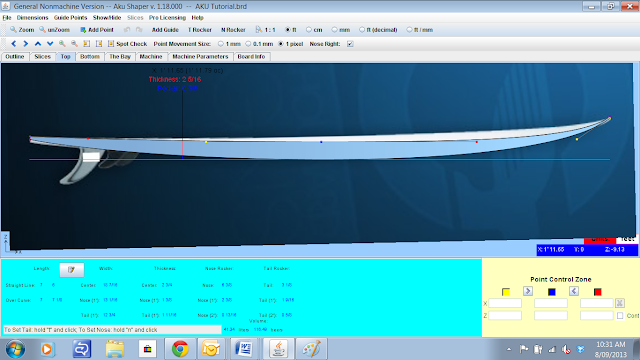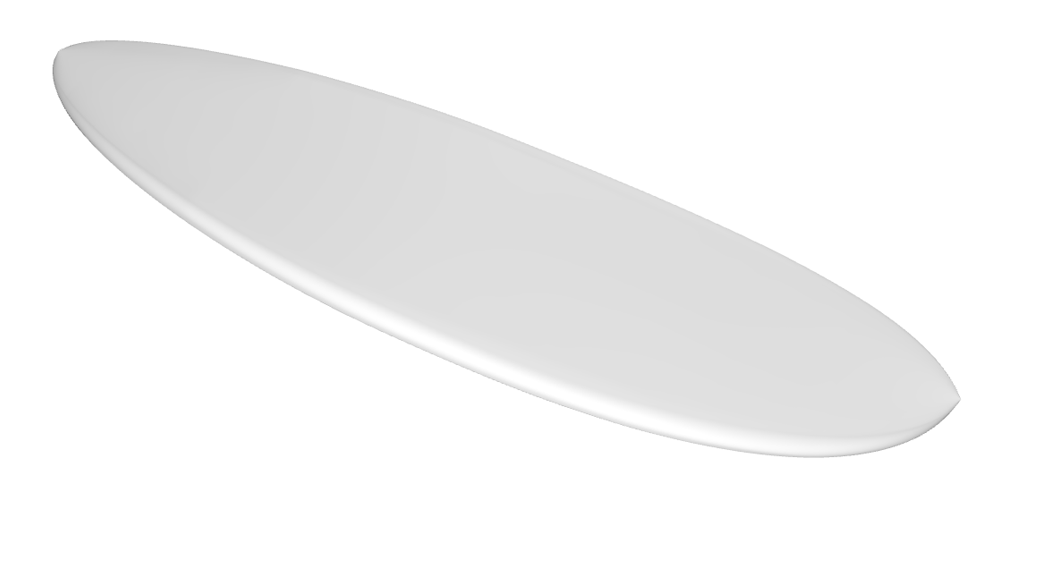

The term ‘pop-out’ actually refers to the cheapest way to make a surfboard which involves making the hard outer layer of a board (usually a plastic composite) from a mold and then filling it with expandable foam. Boards produced in this way are typically much heavier and lack any true performance characteristics. They are made from foam, fibreglass and resin which means we produce a product superior in durability and strength to weight ratio. Whichever board you choose, a credible seller should know exactly what materials a board is made from (for example, what type of glassfibre is used, Porcher or generic Chinese glass?, where does the Epoxy resin come from?) We only use premium Porcher E-glassfibre because there is a world of difference between that and cheaper glassfibre and it makes a massive difference to the durability and longevity of the board. Put a Circle One board next to another and they may look similar but how do you really know what’s underneath? Or if the board was shaped by someone with over 40 years experience? The term “Hand Finished” or “Hand Crafted” applies to all of our board making process. Machine assisted shaping allows us to create precision shapes and improve production levels, but the skills required to finish, refine and laminate (glass) a board is still where the majority of the work lies. So, there is still plenty of fine craftsmanship that goes into the finishing of each and every board. Stage 1 – Cutting the *EPS or **PU Blanksīefore any Circle One board can be shaped, the ‘blank’ (or rectangular chunk of EPS or PU foam) needs to be cut. This is done in sections using a hot cutting wire machine as shown in the below images.
#Aku shaper biscuit full
The board is now ready for the full laminating or ‘glassing’ process using fibreglass cloth and epoxy resin. This process is sometimes known as the ‘glassing schedule’. Slices can be EXPORTED from anywhere on a design and IMPORTED anywhere into a new design.The skill involved in this part of the process cannot be underestimated and to be a good ‘glasser’ takes endless hours of practice (this is why we employ only the most skilled glassers with a proven track-record). Notice the V tail block from the shortboard was imported into the 9'6" longboard. Place the old Slice anywhere into your new design:īEFORE (9'6" Longboard with flat tail block):ĪFTER (Importing a 6'5" tail block with deep V into a 9'6" Longboard): Import the old Slice by doing a File -> Import SliceĪfter you click "Import Slice" you will receive the following dialogue box on where to add the imported Slice:

Open the new shape you wish to Import the Slice into: SLC File somewhere safe (like your desktop.) Select the Slice you wish to export and Do a File -> Export to export the rail profile.

Importing slices is an extremely effective tool for taking the rail profile of an existing shape and combining it with a new design.įirst begin by opening a shape with the slice profiles you wish to Export.
#Aku shaper biscuit software
The software will auto adjust the dimensions.

Combine shortboard profiles with longboard shapes. Importing/Exporting Rocker profiles can be done using any size shape. Open the new file (.PRO) you want to import the rocker profile into.īEFORE: (6'0 Shortboard) - Importing a 9'6 rocker profile.ĪFTER: (Importing a 9'6 rocker profile) Notice the original rocker profile in light grey


 0 kommentar(er)
0 kommentar(er)
